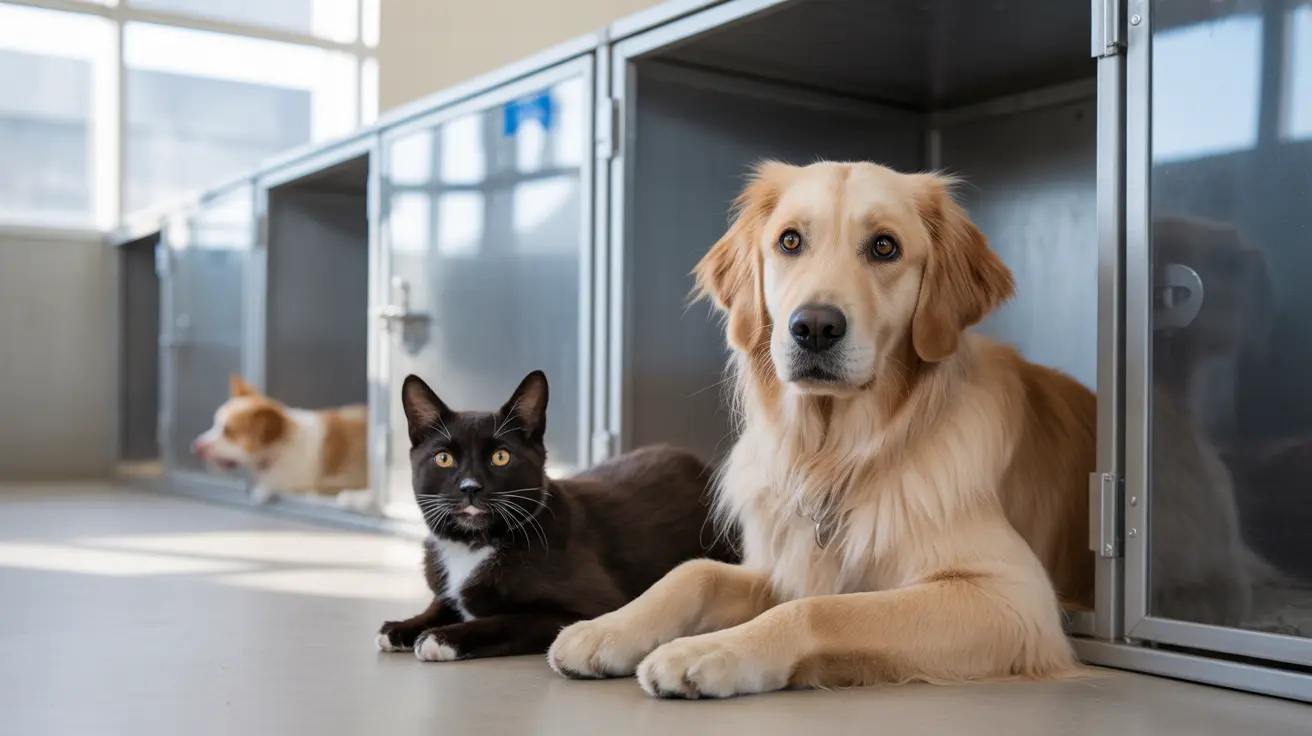How Dogs Experience Watching TV
Dogs absolutely can and do watch TV, though their experience is quite different from ours. If you've ever noticed your dog pausing to stare at the screen or reacting to sounds coming from the television, you're not imagining things. But what's really happening in their minds?
Vision Differences: What Dogs See on TV
First off, a dog's vision isn't like a human's. They have dichromatic vision, which means they mainly perceive blues and yellows. Reds and greens? Those tend to blend together or appear dull. Their eyesight also isn't as sharp; it's closer to 20/75 compared to our own clarity. This might be why some dogs prefer sitting right up close to the screen—images just look clearer that way.
Motion is a big deal for dogs. Thanks to more rods in their eyes, dogs see better in low light and are especially sensitive to movement. On older TVs with lower refresh rates, the image may flicker annoyingly for them (they can detect flickers up to 75 Hertz, while we see smooth motion at about 55 Hz). Modern high-definition TVs with higher refresh rates (120 Hz or more) make watching smoother and more engaging for your pup.
What Captures a Dog’s Attention?
- Other animals on screen—especially dogs—are most interesting.
- Action scenes with animals running or moving catch their eye.
- Noises like squeaks, doorbells, or animal sounds grab attention fast.
But don't expect your dog to binge-watch an entire movie. Most only pay attention for a few seconds or minutes at a time. Very few will sit through more than twenty minutes without getting bored or distracted.
Breed, Age, and Personality Matter
Your dog's interest in TV depends on several factors:
- Younger dogs and those from sporting or herding breeds are more likely to watch screens—they have sharper eyesight and higher energy levels.
- Older dogs often ignore the TV because of declining vision.
- There's no connection between intelligence and TV-watching habits in dogs.
Some pups love watching; others couldn't care less. Breed traits, past experiences with certain sounds, and individual quirks all play a part in whether your dog becomes a couch potato—or ignores the screen entirely.
How Dogs React: Not Just Passive Watching
Unlike humans who might relax in front of the television for hours, dogs are active viewers. They may bark at the screen, approach it curiously, or even look behind it searching for the source of all that commotion. Some try to interact with what's on screen; a handful might get overstimulated or upset by scenes involving distressed animals.
Dogs don't understand that what they see on TV isn't real—they can't grasp fiction versus reality. So if you spot your dog sniffing around behind the television after seeing another animal on screen, they're genuinely searching for that new "friend."
The Role of Color and Motion
Dogs are drawn to motion that mimics real-life animal movement—like four-legged creatures running across the screen. They're much less interested in cartoons or animated figures; there's no scientific proof they recognize cartoon animals by sight alone.
- Bluish and yellowish scenes stand out most vividly for them.
- Reds and oranges tend to fade into the background.
The Practice of Leaving TV On for Dogs
A lot of people leave the television on when they're out of the house hoping it comforts their dog. The science behind this is limited—some dogs find background noise reassuring while others might get overstimulated or even start associating the sound with being left alone (if it becomes part of your leaving routine).
- If you do leave the TV on, keep the volume low so as not to startle your pet.
No matter how much your dog enjoys watching TV now and then, don't let it replace outdoor walks, playtime, or social interaction. Dogs need real engagement beyond what any screen can offer!





